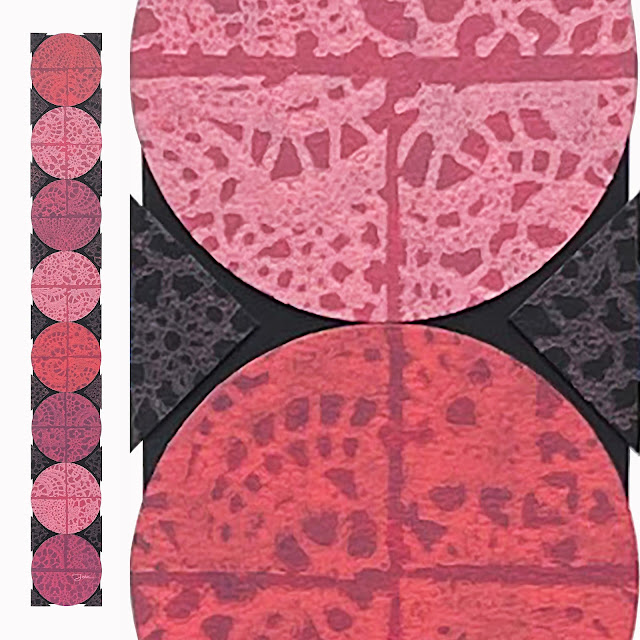Io and Argus
 |
| Io and Argus, Monotype, 7.5 x 7.5 in. |
Zeus the father, or Zeus the philanderer, depending on your point of view, undeniably loved women (we will leave Ganymede for another blog). His conquests, be they goddess or mortal, populated Olympus and the Heavens with demigods, nymphs and heroes.
Io, was one of his loves. She was a princes of Argos, and priestess of Hera. It was perhaps in that capacity that Zeus first saw lovely Io, wooed and pursued her. In order to deceive his, justifiably jealous wife, Goddess Hera, Zeus cloaked the earth and his liaison with Io in clouds. The clouds however only served to rouse Hera’s suspicion and through the Cumulus, Cirrus and Stratus she descended to find Zeus standing next to a lovely white... heifer.
Guilty Zeus, sensing Hera’s approach, had turned poor Io into a cow. Hera immediately saw through this deception but chose only to remarke upon the beauty and obvious purity of Io and requested the lovely cow as a a present. Philandering Zeus was unwilling to admit the ruse or deny Hera’s request and so Io the the heifer was led away to be chained to the sacred olive at the temple Heraion of Argos where Argus Panoptesa, Hera’s loyal servant was appointed her guard.
The Titan Argus was a particularly appropriate choice to watch over Io. Argus had a hundred eyes and when he did sleep only a few of his many eyes actually closed. While Argus watched and Io wept Zeus enlisted Hermes help in freeing Io. Hermes eventually lulled Argus to sleep with song and story and when the last of his many eyes were closed he killed him.
Hera, outraged by this turn of events, sent gadflies to plague Io who was forced to wander the earth without rest and thus inspired many places to become associated with her name and story. The straight that connects the Black Sea to the Sea of Marmara, the Bosporus (meaning ox passage) is one of them.
Hera, perhaps as tribute or plain practicality took the many eyes of her faithful servant Argus and placed them in the tail of the bird that would become her totem, the Peacock.



Comments
Post a Comment